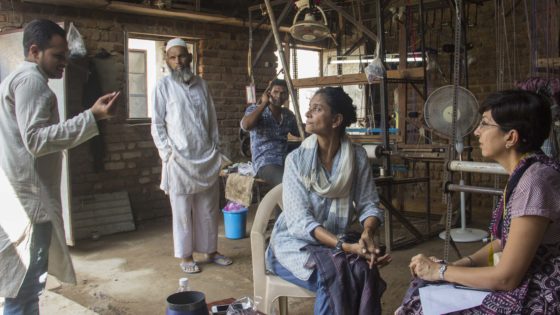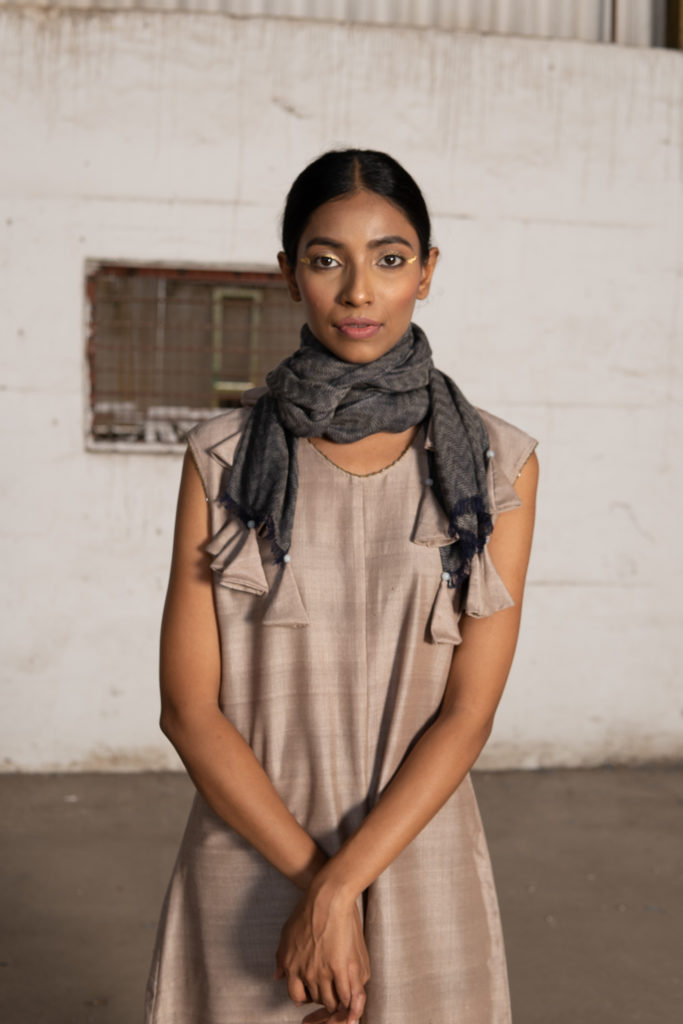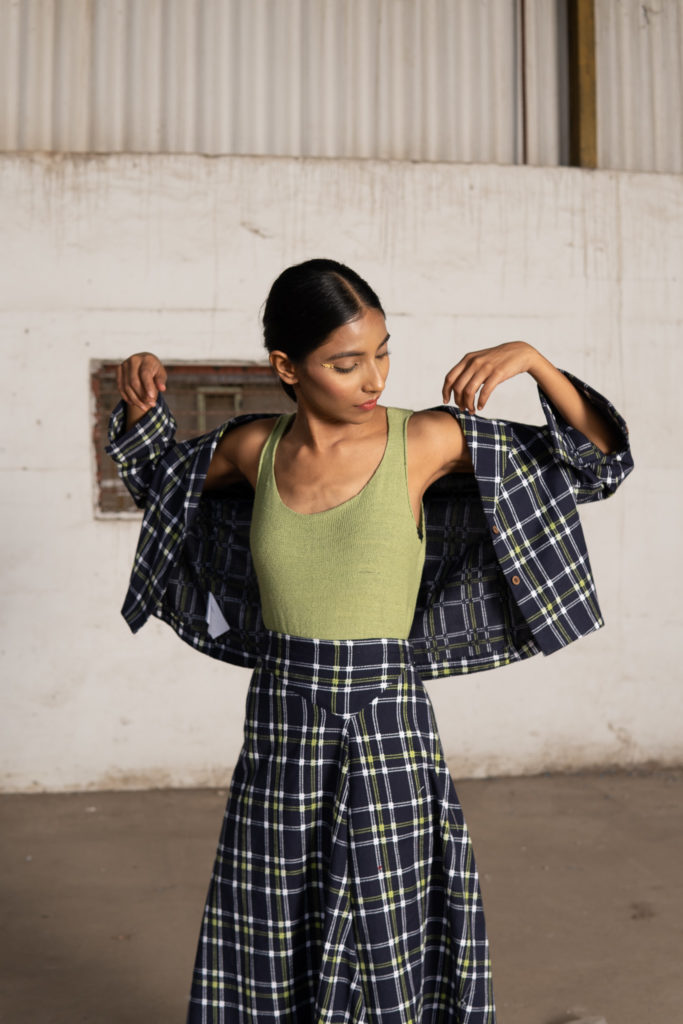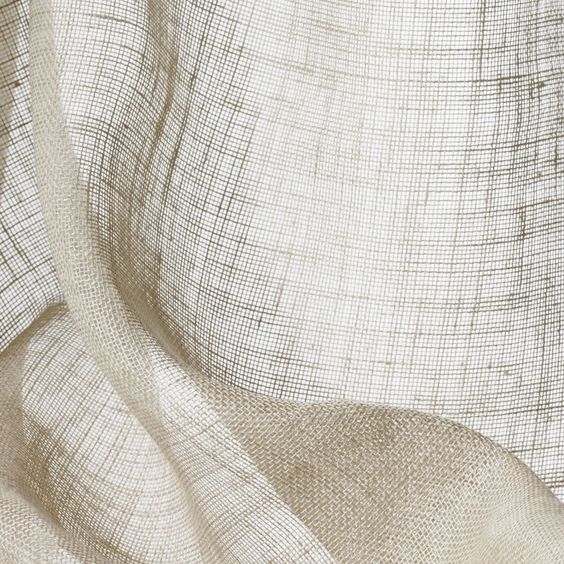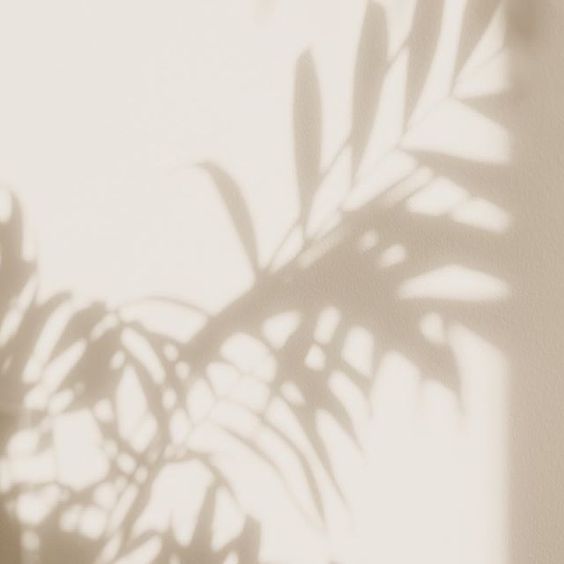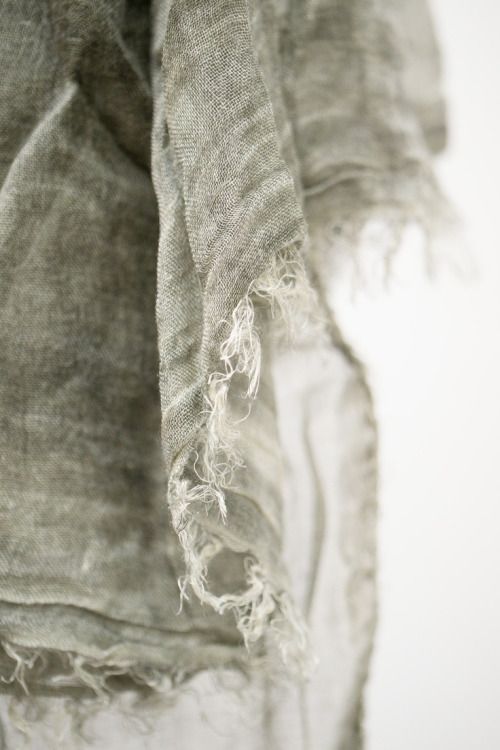“All design practitioners can get stuck at times, but what I value the most is the rare time that one is in the flow…oblivious to the rest of the world, totally focused on a concept or idea.”
Hema Shroff Patel, founder of Amba experienced this soulful connection on the banks of the river Narmada. Working with the Holkars at Rehwa Society, a Maheshwari handloom charitable trust, she began her exploration into weaving at a grassroots level with a simple appreciation for the handwoven cotton fabric with small borders which she had tailored into kurta pajamas for children. She organically grew from this homegrown affair to promoting and preserving the Indian handloom industry.
When asked about the current sustainability buzz, her words reflected her empathy towards Indian artisanal crafts. As a designer, sustainability is an inquiry into oneself, and the ideology goes deeper than a superficial trend. This, for Amba, begins at home: in the profit-sharing scheme, they seek an organic business model, upskilling the artisans and giving a touch of humanistic structure to the entire hierarchy.
Weavers have the advantage of working from home and have access to social welfare programs held in the community and organized by Patel. When asked about how the weavers are empowered, Patel said, “Weaving is a good source of income, especially with families where all members participate and work. Several processes are ancillary practices that aid the weaver. Hand spinning fiber, bobbin winding, and warping all fall under this category.”
A cultivated understanding of weaving as an indigenous art has led to Amba’s transparent foundation and function as socialistic entrepreneurship.

“It is a great debate these days over art versus craft, but where do handwoven textiles fall in this category?” Indian textile history marks the use of handloom weaves dating as far back as the Harappan civilization, tracing a path through a time when royals coveted textiles and artisans were members of a guild. The Arthashastra mentions specific fabrics like white barkcloth, Banaras linen, cotton from South India and blankets of soft, wispy fabric. The techniques and mathematical patterns involved in weaving these have been passed down through generations in a household, the industry being notably inclusive of women in times when they weren’t allowed to hold jobs.
In medieval times, the industry flourished when a ruler was inclined towards the arts and distinct fabrics from local regions were cherished.
With respect for this deeply rooted legacy, Amba dedicates itself to handwoven fabrics and natural dyeing. Natural dyeing requires in-depth research on the complexity of fibers used to weave fabric and the strength at which a particular fabric absorbs dyes. It can also be affected by the count of the yarns. But after this intricate process, the design reveals itself from months of sampling on a loom.
She admires interesting craft techniques in other contemporary designers as well, noting the innovative perspective on Bodice’s work in Kullu on craft traditions. She also admires Padmaja’s spirit in her dedication to working with WomanWeave during the four years of fabricating design banks for her silhouettes.
As any ethically inclined label, Amba, alongside its craft technique evolution, endeavors to underline responsible living. Patel’s response to how a label can follow responsible fashion states that, “Every label that concerns itself with these practices need only to address the issues in the industry related to child labor laws, the factory environment in which their clothes are woven, stitched or made, or how they deal with their waste, and by-products of their design.” This vision is crucial to our commitment to the earth, and it must be passed on to the newcomers in the field.

Patel looks to the newcomers as well, like Wasim their master weaver, trained at The Handloom School, founded by Sally Holkar, to carry out Amba’s work. “Our goal is to share our knowledge in fiber development and keep pushing contemporary boundaries with our traditional two peddle, double shuttle loom.”
Her message to handloom weavers starting their sustainable brands is to craft their textiles with instinctive attention to their regional crafts, as weaving is becoming homogenous.
“It is important for weavers to learn how to reinterpret traditional design elements with contemporary design skills which will retain their textile DNA, so one always knows the origin of the textile.”
This is the key to continuing the Indian textile heritage, the tenacity of handloom weaving, not borrowed, but grown from within. Amba stands for these values striving to pass down these skills from one generation to the next.
